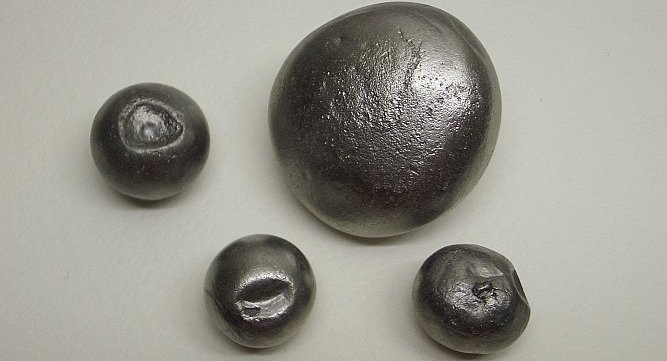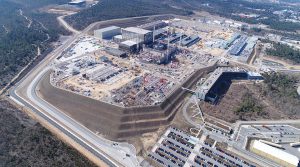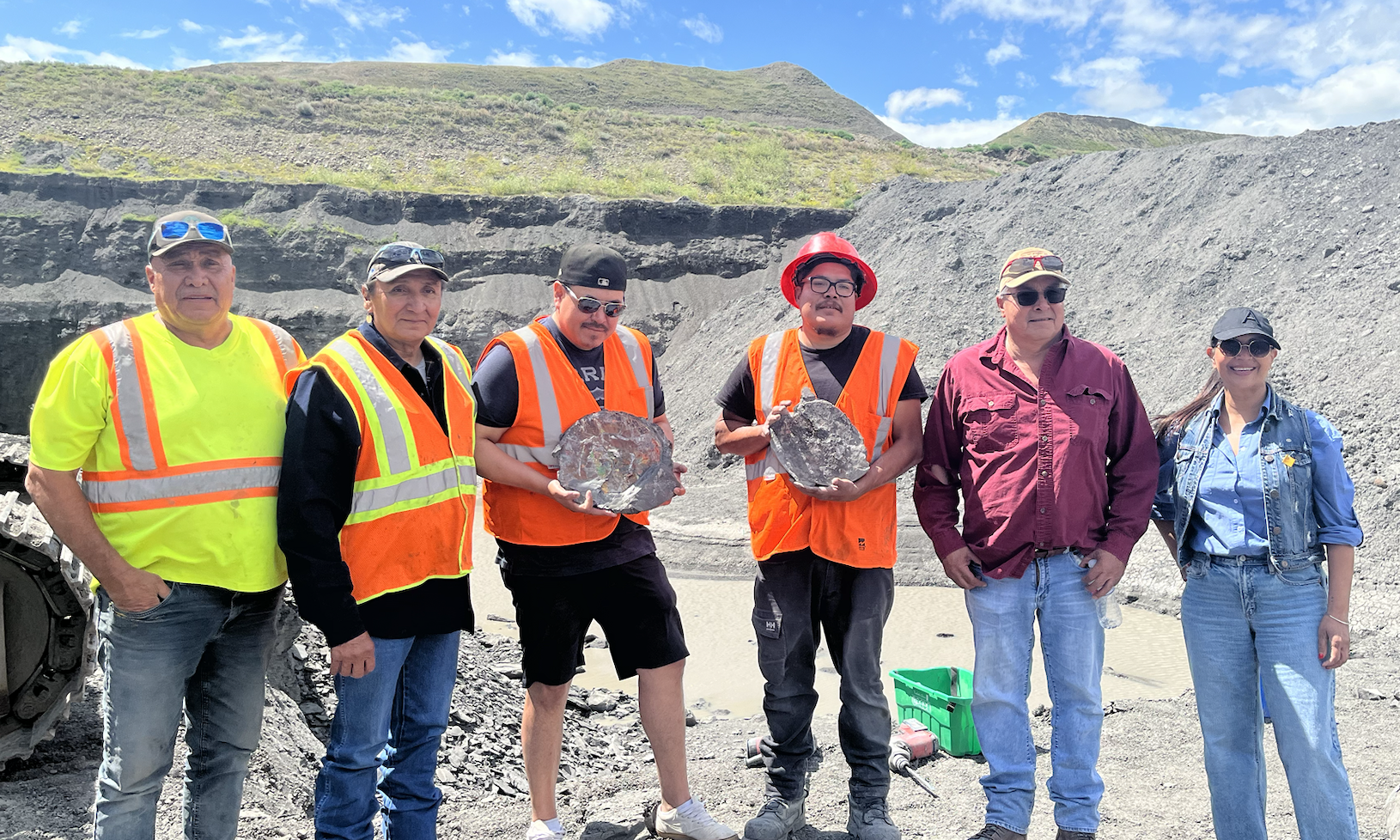Beryllium pellets could be key to achieving stable fusion reactions

Physicists from the U.S. Department of Energy’s Princeton Plasma Physics Laboratory and General Atomics ran a series of studies and concluded that injecting tiny beryllium pellets into ITER -a fusion facility under construction in France to demonstrate the practicality of fusion power- could help stabilize the plasma that fuels fusion reactions.
After conducting a series of experiments and computer simulations, the US scientists found that the injected granules help create conditions in the plasma that could trigger small eruptions called edge-localized modes or ELMs. If triggered frequently enough, the tiny ELMs prevent giant eruptions that could halt fusion reactions and damage the ITER facility.
In a press release, the researchers explained that they -as many other academics worldwide- are seeking to replicate fusion on Earth for a virtually inexhaustible supply of power to generate electricity.

To advance in their quest, the experts injected granules of carbon, lithium, and boron carbide — light metals that share several properties of beryllium — into the DIII-D National Fusion Facility that General Atomics operates for the DOE in San Diego.
According to Robert Lunsford, lead author of the study that showcases these experiments, since the internal structure of the three metals is similar to that of beryllium, it is possible to infer that all of these elements will affect ITER plasma in similar ways.
Lunsford said that he also wrote and used a program that showed that injecting beryllium granules measuring 1.5 millimeters in diameter, about the thickness of a toothpick, would penetrate into the edge of the ITER plasma in a way that could trigger small ELMs. At that size, enough of the surface of the granule would evaporate to allow the beryllium to penetrate to locations in the plasma where ELMs can most effectively be triggered.
Beryllium is a silver-white and very light metal found in nature primarily as bertrandite or beryl contained in granites and pegmatites.
Data from the Minerals Education Coalition suggest that bertrandite ore mined in Utah makes up nearly all of U.S. production, which is about 90% of the world’s supply. China produces most of the rest, from beryl ores, while Kazakhstan, Mozambique and a few other countries mine small amounts of beryl.
More News
{{ commodity.name }}
{{ post.title }}
{{ post.date }}

Comments